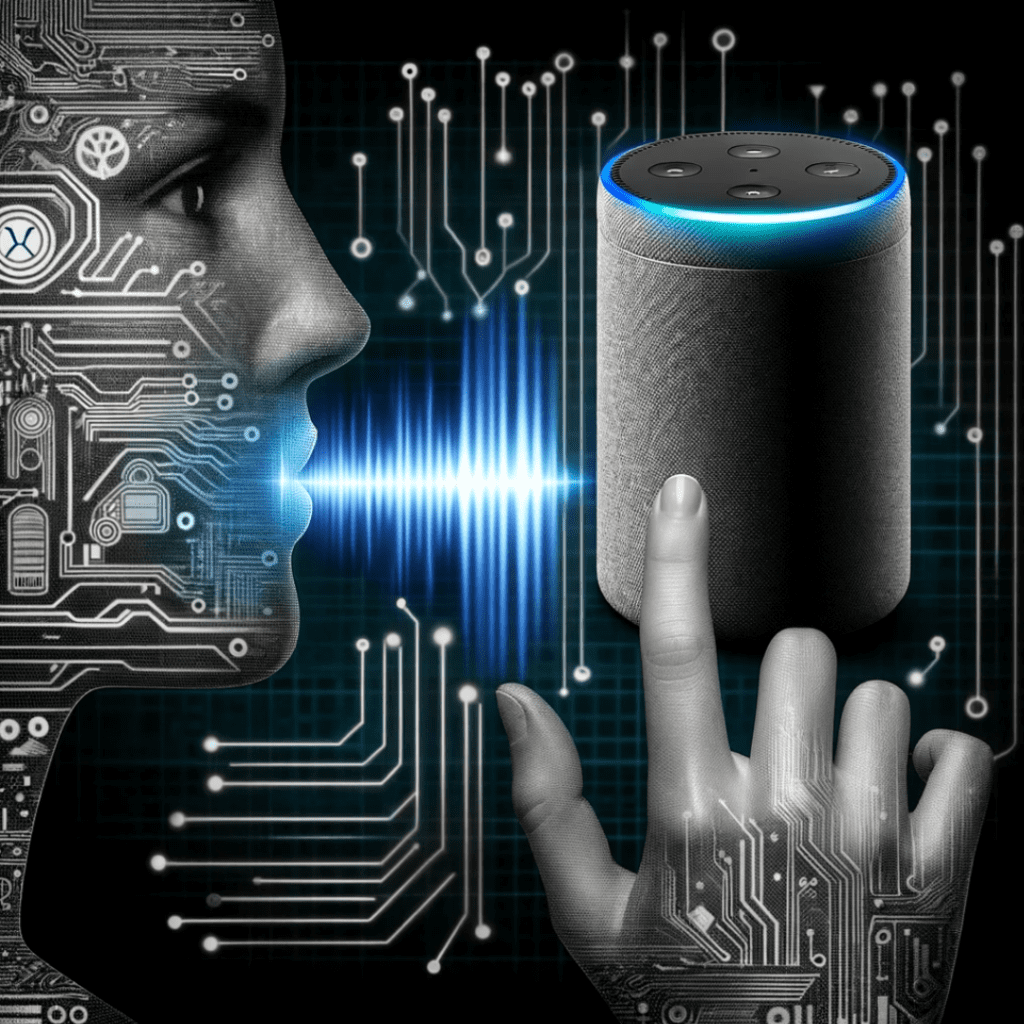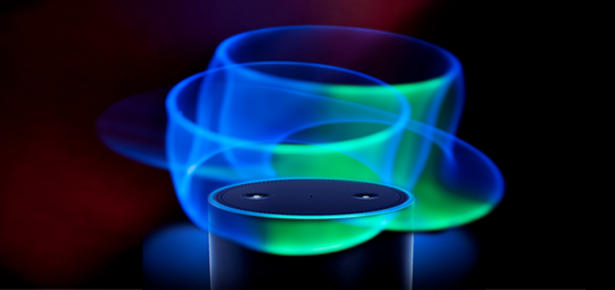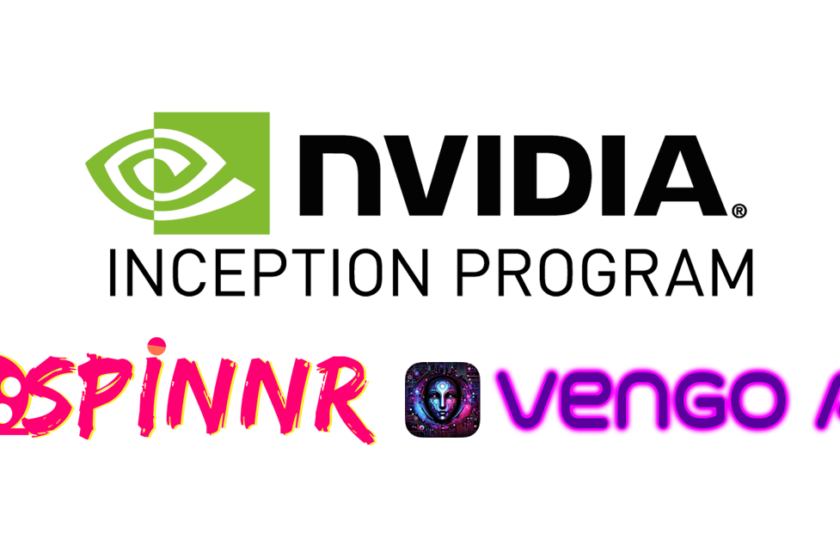Coffee and AI
Every day when I have my cup of coffee, I ask Alexa (my AI assistant) for three things: to read my horoscope (I’m a Pisces, which explains it all), to share the top news or weather report, and to play meditation radio. I play soft music at work to feel relaxed but still motivated enough to get my tasks done. Life is stressful, and this is a small reward to myself. Alexa is my personal assistant to start my day. I didn’t previously start my day with technology, but it has made life so much more comfortable. Working remotely can be a bit mundane and lonely, but I appreciate my AI friend.
One of the most prominent examples of AI in action is Amazon’s Alexa. In this post, we will explore how Alexa emerged as our first AI assistant, transforming the way we engage with smart devices and opening up new possibilities for seamless human-computer interactions.


The Birth of Alexa
Alexa was first introduced to the world in November 2014 as part of Amazon’s Echo smart speaker lineup. It was designed to be a voice-controlled virtual assistant, capable of performing various tasks and providing information through natural language processing.
Natural Language Processing (NLP)
Alexa’s ability to understand and respond to human speech is made possible by advanced NLP algorithms. NLP enables Alexa to interpret and analyze spoken commands, allowing users to interact with the assistant in a conversational manner.
Voice Recognition and Wake Word
Alexa’s voice recognition technology enables it to identify and differentiate between different users’ voices. The wake word “Alexa” triggers the assistant to start listening and respond to user commands, ensuring a hands-free and effortless experience.
Skills and Integration
Alexa’s functionality is expanded through the use of skills, which are essentially third-party applications that can be integrated with the assistant. Skills enable Alexa to perform a wide range of tasks, such as playing music, providing weather updates, controlling smart home devices, and even ordering products online.


Machine Learning and Personalization of an AI Assistant
Alexa utilizes machine learning algorithms to continuously improve its performance and personalize user experiences. Over time, it learns user preferences, adapts to speech patterns, and becomes more accurate in understanding and fulfilling user requests.
Smart Home Integration
Alexa’s compatibility with various smart home devices has made it a central hub for controlling and managing connected devices. Users can effortlessly control lights, thermostats, security systems, and more, simply by issuing voice commands to Alexa.
Constant Evolution
Alexa’s capabilities continue to expand through regular updates and advancements in AI technology. Amazon constantly introduces new features, skills, and integrations, ensuring that Alexa remains at the forefront of AI assistant innovation.
As AI continues to evolve, we can expect even more sophisticated and intelligent assistants to enhance our daily lives, making tasks simpler and more convenient than ever before. Alexa’s journey serves as a testament to the potential of AI and its ability to revolutionize our digital experiences. I know AI can be scary for some to think about. Look at it this way. We have been living with AI and machine learning for over a decade on some scale, and the world is still standing. Do you use Alexa or any AI in your home or office?



Thanks for sharing. I read many of your blog posts, cool, your blog is very good.
We appreciate that.